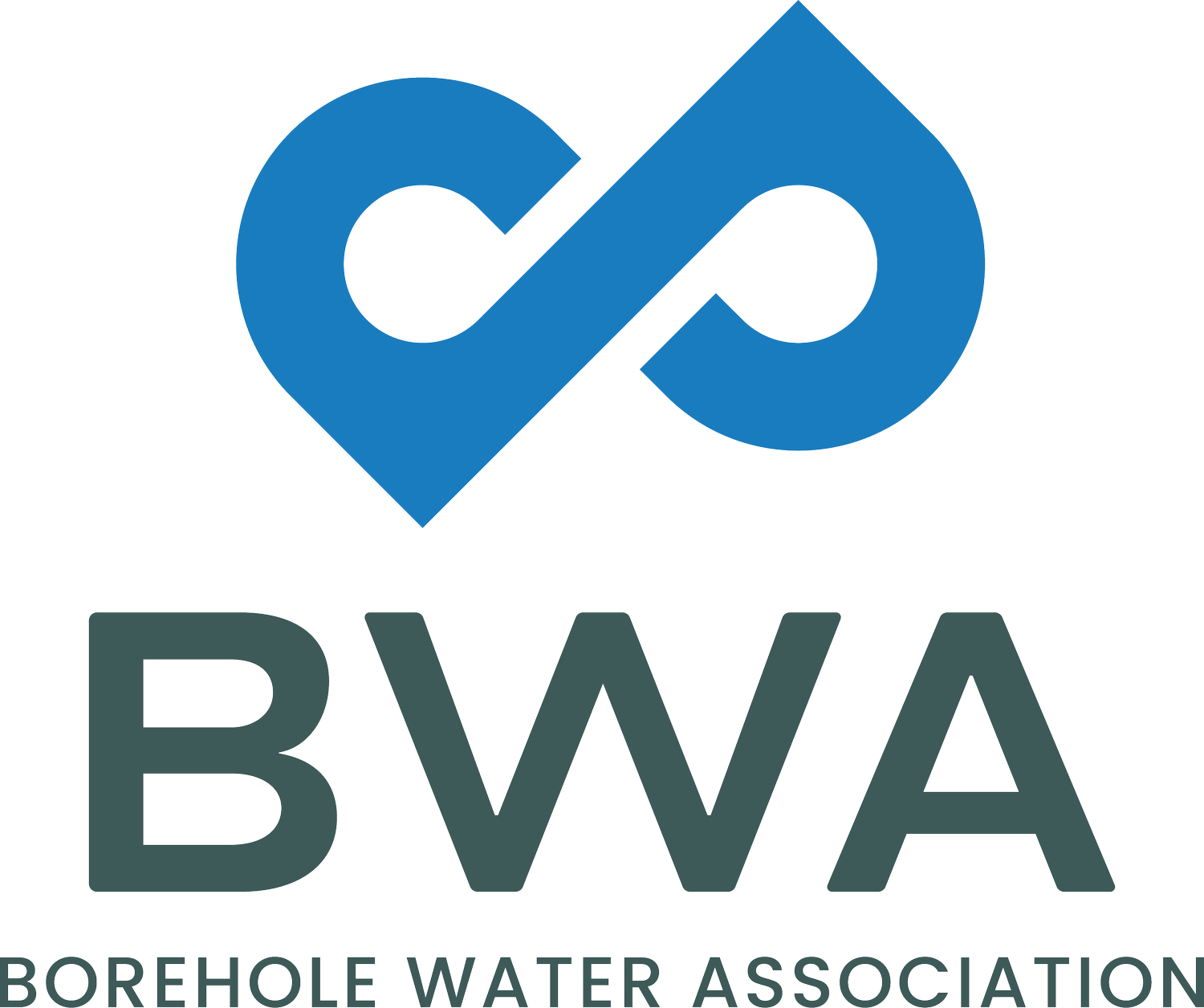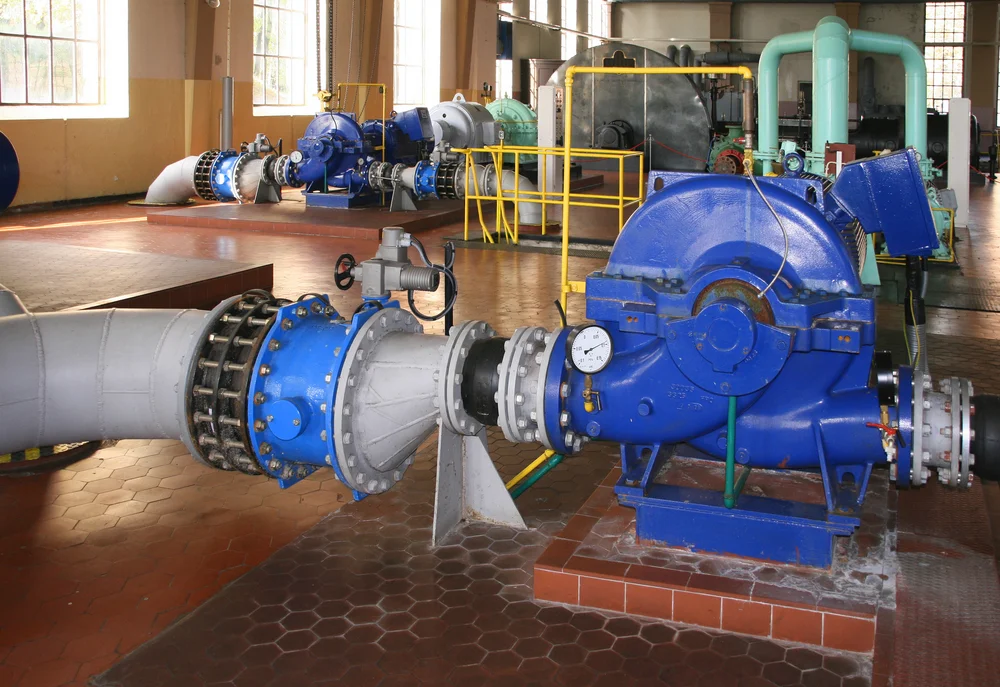Design solutions for variations in Total Dynamic Head (TDH)
/Variations in the Total Dynamic Head (TDH) used in the selection of borehole pumps creates a situation where there is no single duty point but a range of duty points that move between a maximum and a minimum value.
There are many factors that cause these variations in borehole water levels. For example, after a good rainfall, some aquifers are recharged.
Another reason for an increase in the water level could be the free flow of water into the hole because of the construction and maintenance of the borehole.
While there are some boreholes that exhibit small variations in water level drawdowns, these are relatively few and far between.
How then do we select the most cost-effective pump for each borehole so that the pump does not operate to the far left or right of the Best Efficiency Point (BEP) causing serious implications for energy efficiency, Mean Time Between Failures (MTBF) and installation reliability?
How then do we select the most cost-effective pump for each borehole so that the pump does not operate to the far left or right of the Best Efficiency Point (BEP)?
Operating outside of the BEP has serious implications for energy efficiency, Mean Time Between Failures (MTBF) and installation reliability.
In this article, we will look at two examples of boreholes with variations in TDH and discuss some possible system design solutions.
Example 1: A domestic borehole
Figure 1: Borehole with significant drawdown
Figure 1 shows the pump performance curve and system head curves for a domestic system. The static water level is 20m. When the pump is switched on the water level falls a further 65m.
Curve A shows the system curve for a 32mm class 12 HDPE rising main at a static level of 20m. Curve B is the system curve for the same rising main at the new (dynamic) level of 85m (20m + 65m drawdown). The blue curve shows the pump performance while the dotted red extensions show duty points that are not recommended by the manufacturer.
At a static head of 20m (start up), the pump will operate at 31 l/m (off the graph) against a total head of 22m. This is well outside the (blue) manufacturer’s recommended range. As the water level falls to the dynamic level (inflow now equals outflow), the duty point becomes more acceptable at 8 l/m against a total head of 88m.
During a high rainfall season, the borehole delivered an increased amount of water for some time which resulted in the pump operating on the extreme right-hand side of the curve. The pump failed prematurely due to the collapse of the motor upthrust bearing.
While this case study covers a relatively small pump set, it still represents a substantial investment for the end-user.
Example 2: A dewatering system in a mine
Figure 2: the performance curve of the dewatering pump
A 1,3MW 6,6kV dewatering pump was installed in a flooded mine shaft in order to remove the water in preparation for returning the mine to operation.
Figure 2 shows the performance curve of the pump. TDH at startup was less than 400m and would have allowed the pump to deliver substantially more than 700m3/hr. This duty point is far more than the maximum recommended by the manufacturer.
It was estimated that it would take 6-8 weeks before the water level reached a point where the valves were fully open and the TDH was on curve. During this time, the pump was subjected to extreme axial thrust which caused failure of the complete system.
Possible solutions?
As can be seen from the two examples, the boreholes have widely differing Total Dynamic Head (TDH) values. There are a number of potential solutions to the problem of wide variations in TDH.
Some possible design options that will prevent pumps and motors from tearing themselves apart have been tried - but there are drawbacks.
Installing a manual throttling valve at the discharge
Installing a manual throttling valve at the discharge or the use of cheap non-control pattern valves (this is definitely a control valve application) can result in unauthorised tampering.
If globe, characterised butterfly and ball-type valves are used, they become expensive and require another level of skill to set and maintain. They are also prone to the “fiddle factor”.
Installing a smaller rising main
In the case with the domestic borehole, a smaller rising main can be installed to prevent the pump ‘falling off’ the right-hand side of the curve. Effectively the rising main (discharge pipe) is being used to throttle the pump.
The problem of unauthorised tampering of the control valve has been solved but the disadvantage is that the losses incurred in the pipe remain for both the startup flow and for the minimum flow. Admittedly the losses do decrease as the flow decreases.
Installing pressure sustaining and rate of flow control valves
In the case of the mine shaft dewatering pump, pressure sustaining and rate of flow control valves were installed, in series, on the surface in order to hold the pump on its curve.
The disadvantage is that these valves need to be fully primed in order to make use of the water pressure differential.
An intelligent design option
In searching for an elegant solution to large variations in TDH, a proprietary valve that seems to offer some potential for improving conditions in the two case studies was found.
Figure 3: Maric Self Regulating Control Valves
Figure 3 shows the self-regulating Maric Control Valve that can add the right amount of control necessary to prevent the two pumps from ‘falling off their curves’. These valves maintain a fixed, pre-set, constant flow rate, regardless of pressure.
Figure 4: Domestic borehole pumping system fitted with Maric control valve
Figure 4 shows the system in Figure 1 fitted with a Maric valve.
Curves A & B are the system curves for the 32mm class 12 HDPE rising main.
Curves C & D are the curves for a Maric Control Valve with a set point of 26 l/m.
Notice how the curves become very steep as flows approach the rated figure. This is where the work of keeping the pump on its curve needs to be done.
At lower flows, the system curve gradient has flattened out which is good as this represents lower losses. As the flow decreases as a result of increasing static heads, so the losses need to be decreased.
From the diagram, the head loss at maximum flow is about 22m (the gap between curve A and the intersection of curve C and the blue pump curve).
As the water level in the borehole falls, so the Maric valve’s curve rises up with the increased static head. At the minimum flow (8 l/m) the gap between pipe curve B and the intersection of Maric curve D and the pump curve is now approximately 3m.
In the case of the mine application, the Maric valve would have the same effect of significantly increasing the TDH at start up. As the water level declines, the valve will decrease the pressure differential it creates, to compensate for the increase in metres that the water has to be lifted.
The entire process requires no human intervention and ensures that the pump/motor unit works at optimum efficiency.
Is this the intelligent solution you are looking for?
Acknowledgement: Grant Schroeder, Maric Flow Control grant@maric.com
Submitted by Peter Telle Ultra Control Valves peter@ultravalves.co.za









